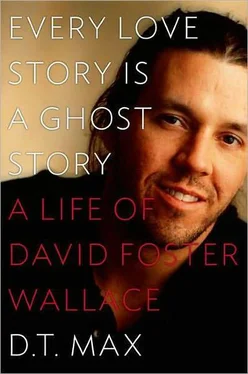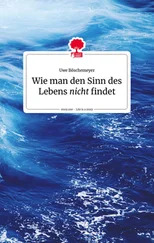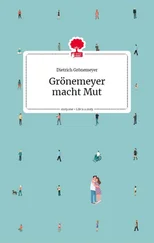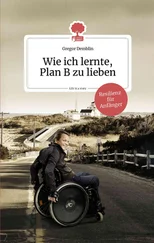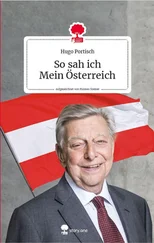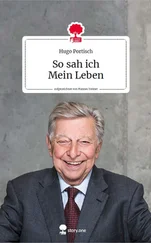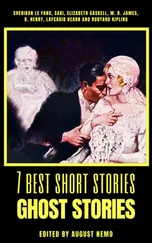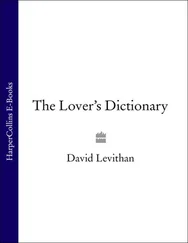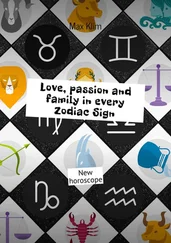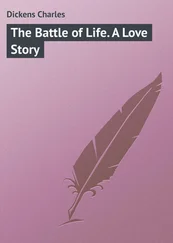Juliana was an active Catholic. She and her fiancé discussed his converting. Wallace, who never lost his hope that he could find faith, signed up for an ecumenical Christian program called cursillo: the goal “to bring God from the head to the heart.” But his new attempt to join a formal religion did not get much further than the one with Karr. At the final ceremony, when the participants were meant to attest their belief in God, Wallace expressed his doubts instead. Faith was something he could admire in others but never quite countenance for himself. He liked to paraphrase Bertrand Russell that there were certain philosophical issues he could bear to think about only for a few minutes a year and once told his old Arizona sponsor Rich C. that he couldn’t go to church because “I always get the giggles.” 11
He was back at school now teaching and could be short-tempered, perhaps resenting the time it took up. In one creative writing class he shoved a student who had shown him attitude and then threatened to fail him: “I too have used outrage, abrasiveness, and irritation as a way to keep people at arm’s length,” he wrote Lee Freeman in a note. “So trust me: it is a bush-league defense, and painfully obvious in the terror it betrays.”
By now the new relationship energy with Harms had completely dissipated. Wallace bolted himself in his dark workroom, and when Juliana came home she watched TV alone. Costello was worried by how praising Wallace was when he talked of Harms. He knew, as he remembers, that “admiration was always the tomb” of his friend’s relationships. Wallace and Juliana went to St. Louis to visit Franzen, who felt like Wallace’s interest in her was largely theoretical. 12
Harms, too, saw that Wallace was pulling away. The search for the ring had stopped. He got a rescued puppy to replace The Drone, but he found the presence in the house of the new dog, Werner, a pit bull mix, unbearable. “I can’t work,” he complained to Harms. “I have to take care of him all day.” The couple went to a MacArthur Fellowship reunion in Chicago, and Wallace stayed in the hotel room, trying to write. “I need to be ready to write,” he explained to her. But to Costello he acknowledged, “Clean pages are safe around me.” He told Juliana he felt like he was always disappointing her, then got mad when she said he had all the qualities she could hope for in a partner. She grew suspicious — she guessed he was hiding something larger. 13
Harms confronted Wallace, who denied being involved with another woman. She pulled out all his papers. A trained investigator, she knew where to look. She found several notes from a graduate student in Wallace’s department. “I haven’t had a physical affair with her but I’m contemplating it,” Wallace explained sullenly. Harms had had enough. A few weeks later, in early January 2000, Doug Poag helped her move out. Wallace contributed to the down payment for her new house out of his MacArthur money and then was peeved when a new boyfriend quickly moved in.
The graduate student became Wallace’s girlfriend. They exchanged books — he gave her The Screwtape Letters , she gave him the J. D. Salinger collection Nine Stories —“She was a girl who for a ringing phone dropped exactly nothing” was a line he loved. Things grew increasingly intense, but as ever the work came first for Wallace and the relationship faltered.

In April 1999, Salon.com asked Wallace for his list of underappreciated novels, and in his response he included longtime loves like Omensetter’s Luck, Wittgenstein’s Mistress, and Blood Meridian , but added Jerzy Kosinski’s little-known Steps , “a collection of unbelievably creepy little allegorical tableaux done in a terse elegant voice that’s like nothing else anywhere ever. Only Kafka’s fragments get anywhere close.”
Kafka’s fragments may have been the comparison he wanted reviewers to make when they read Brief Interviews . He had written a book that was, as he told an interviewer, “mean to just about everyone it’s possible to be mean to,” and had to hope for thoughtful readings. He was, though, resigned to what might come, perhaps even to being ignored. He wrote Brad Morrow that he was glad to be out of the spotlight: “The big Attention eyeball has mostly passed on to other poor schmo’s.” Still, Little, Brown asked him to go on a book tour and he obliged, as long as it was short. “I’m in the midst of the world’s smallest tour,” he boasted to Steven Moore in June. “Just four cities.” Even short book tours filled him with misgivings. “The Statue Talks!” he joked to a friend.
He avoided interviews as much as he could and tried to show as little of himself as possible when obligated to sit down for them. He met a writer from Book magazine at the Cracker Barrel by the I-55 interchange in Bloomington, where he grouchily averred that he “just want[ed] to be left alone to eat my meatloaf.” Publishers Weekly found him at a K-Mart. In Los Angeles, he went on Bookworm , a radio show hosted by Michael Silverblatt. Silverblatt was special — he had been so excited by Infinite Jest he had called Michael Pietsch to ask to read the outtakes. In their conversation now, Wallace suggested that the collection was meant as a corrective for those readers who had misunderstood his last novel:
I wanted to do a book that was sad…. It’s something I tried to do in Infinite Jest . Everybody thought that book was funny, which was of course nice, but it was also kind of frustrating. I designed this one so that nobody is going to escape the fact that this is sad.
Silverblatt gave a persuasive explanation of how Wallace was attempting to effect this:
Here, it felt as if, in reading these stories with eyes wide open, I was being asked to revolve so much that I would get dizzy. And that, in the fall, in the dizziness, a kind of compelling sadness — that the sadness is itself formed by the obligation to have no stable position. That everything has to spin on itself, until a kind of weariness, attrition, ecstasy, exhilaration, humor, terror, become compounded. And the emotion bomb, as the therapists say, is left in the reader.
To which Wallace answered, “Wow. You’re giving — I mean, this is why I look forward to coming to L.A. — is you tend to give interpretations of the stuff that’s real close to what I want.”
The country’s reviewers on the whole were more positive than Wallace expected. He was welcomed to the short story form (although in fact this was his second collection), and critics tended to play up his formal inventiveness and shy away from the knotty problem of what the reader was supposed to come away with. Benjamin Weissman in the LA Weekly praised this “full-scale harassment of the short story form,” while Andrei Codrescu in the Chicago Tribune admired Wallace’s “seemingly inexhaustible bag of literary tricks.” Adam Goodheart, writing in the New York Times Book Review , sounded a mixed note, comparing Wallace to Edgar Allan Poe, “another mad scientist of American literature.” But Michiko Kakutani of the New York Times chose to do unto Wallace as he had done unto Updike:
No doubt these portraits are meant as sardonic commentaries on our narcissistic, therapeutic age, but they are so long-winded, so solipsistic, so predictable in their use of irony and gratuitous narrative high jinks that they end up being as tiresome and irritating as their subjects.
She accused Wallace of writing an “airless, tedious” book that failed to live up to the promise in “E Unibus Pluram” to reanimate the “deep moral issues that distinguished the work of the great 19th-century writers.” “The NY Times just slaughtered the book,” Wallace wrote Moore afterward, “just panned it, in a review that caused my editor pain (he actually called me about it).” Wallace was in fact also devastated and could recite several sentences in it from memory.
Читать дальше
